-
 Bitcoin
Bitcoin $116500
0.84% -
 Ethereum
Ethereum $3829
4.17% -
 XRP
XRP $3.048
1.61% -
 Tether USDt
Tether USDt $1.000
0.02% -
 BNB
BNB $775.2
0.54% -
 Solana
Solana $169.3
0.44% -
 USDC
USDC $0.0000
0.02% -
 TRON
TRON $0.3412
1.98% -
 Dogecoin
Dogecoin $0.2130
3.62% -
 Cardano
Cardano $0.7539
1.53% -
 Hyperliquid
Hyperliquid $39.16
0.66% -
 Sui
Sui $3.673
5.28% -
 Stellar
Stellar $0.4074
1.72% -
 Chainlink
Chainlink $17.95
7.06% -
 Bitcoin Cash
Bitcoin Cash $576.8
1.16% -
 Hedera
Hedera $0.2506
0.97% -
 Ethena USDe
Ethena USDe $1.001
0.00% -
 Avalanche
Avalanche $22.52
1.46% -
 Litecoin
Litecoin $121.4
2.31% -
 UNUS SED LEO
UNUS SED LEO $8.957
-0.39% -
 Toncoin
Toncoin $3.305
3.22% -
 Shiba Inu
Shiba Inu $0.00001252
1.30% -
 Uniswap
Uniswap $10.06
3.69% -
 Polkadot
Polkadot $3.736
1.76% -
 Dai
Dai $1.000
-0.01% -
 Bitget Token
Bitget Token $4.418
1.82% -
 Monero
Monero $261.2
-7.81% -
 Cronos
Cronos $0.1477
2.56% -
 Pepe
Pepe $0.00001076
2.29% -
 Aave
Aave $273.3
4.22%
How to make money with MEXC leverage
Leverage trading on MEXC enables traders to amplify their profit potential, but it's crucial to navigate it wisely, understanding risk management and trading strategies to maximize earnings.
Nov 12, 2024 at 02:45 am
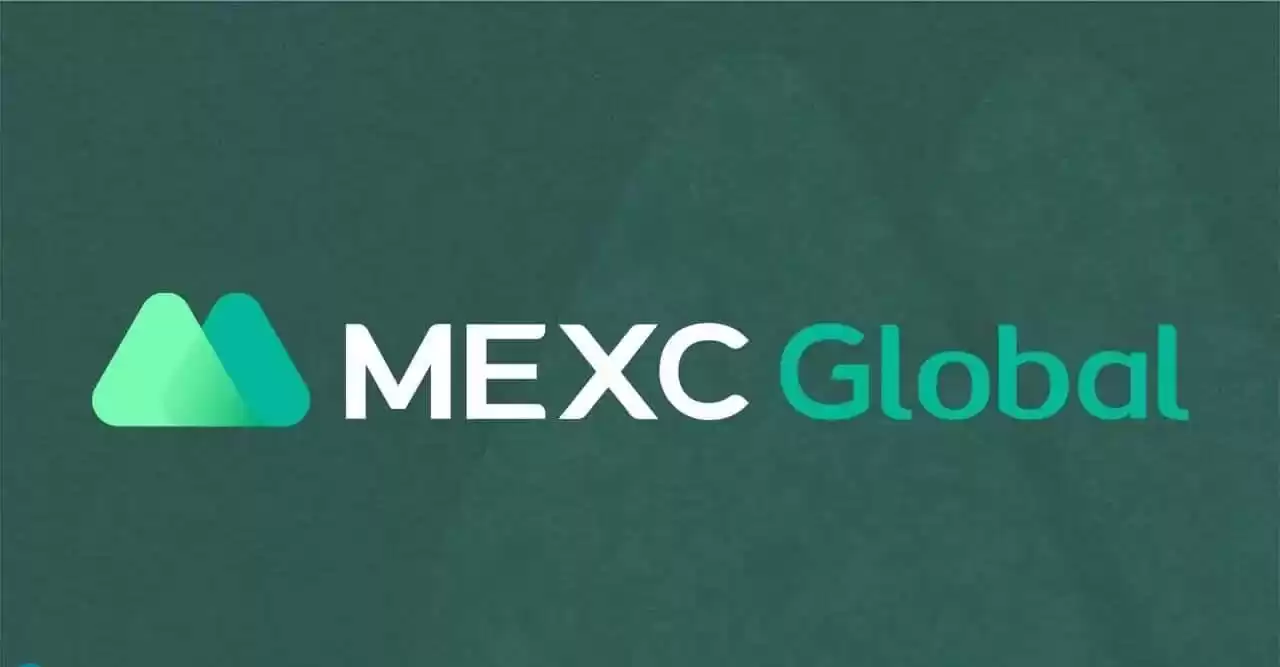
How to Make Money with MEXC Leverage: A Comprehensive Guide
In the fast-paced world of cryptocurrency trading, leverage has emerged as a popular tool for amplifying potential profits. By understanding how to use leverage effectively, traders can unlock new opportunities and maximize their earnings on platforms like MEXC. This comprehensive guide will delve into the intricacies of MEXC leverage, providing a step-by-step approach to leveraging your investments wisely.
Step 1: Understanding Leverage and Risk Management
Leverage is a financial instrument that allows traders to borrow funds from a broker to increase their trading capital. By leveraging up, traders can multiply their profits potential while also amplifying their risk exposure. MEXC offers a range of leverage options, catering to different trading styles and risk appetites.
It's paramount to remember that leverage is a double-edged sword. While it can magnify profits, it can also lead to substantial losses if used recklessly. Risk management is crucial to mitigate potential losses and protect your capital. Employ tools like stop-loss orders, position sizing, and calculated risk-reward ratios to minimize your downside exposure.
Step 2: Selecting the Right Trading Pair and Leverage Multiplier
MEXC offers a vast selection of trading pairs, ranging from popular cryptocurrencies like Bitcoin and Ethereum to lesser-known altcoins. The choice of trading pair depends on your market insights, risk tolerance, and trading strategy.
Once you've identified the trading pair, it's time to determine the appropriate leverage multiplier. MEXC offers leverage up to 100x, but it's advisable to start with lower leverage, such as 5x or 10x, until you gain familiarity with leveraged trading. As your trading skills and risk tolerance increase, you can gradually increase the leverage multiplier.
Step 3: Placing a Leveraged Trade on MEXC
To execute a leveraged trade on MEXC, follow these steps:
- Log in to your MEXC account and navigate to the "Trade" section.
- Select the preferred trading pair from the dropdown menu.
- Choose the "Leverage" option and adjust the slider to your desired leverage multiplier.
- Enter the amount you want to trade (in the base currency).
- Specify the order type (e.g., market order, limit order).
- Click the "Buy" or "Sell" button to execute the trade.
Once the trade is executed, MEXC will automatically borrow the necessary funds from your collateral. Your collateral acts as a safety cushion in case of adverse price movements.
Step 4: Managing Your Leveraged Positions
After placing a leveraged trade, it's crucial to monitor your position closely and manage it effectively. Regular monitoring allows you to identify potential profit-taking opportunities or adjust your strategy if the market moves against you.
MEXC provides several tools to help you manage your positions:
- Trailing Stop: A dynamic stop-loss order that trails the price as it moves in your favor, locking in profits.
- Limit Orders: Set specific target prices for automatic profit-taking or loss prevention.
- Position Closing: Manually close your positions by clicking the "Close" button on the corresponding order.
Step 5: Calculating Profits and Losses with Leverage
When using leverage, it's essential to understand how profits and losses are calculated. Your profit or loss is determined by the difference between the entry and exit prices of your trade, multiplied by the leverage multiplier applied.
- Profit Example: If you buy $1,000 worth of BTC at $20,000 using 5x leverage and the price rises to $21,000, your profit will be $1,000 x (21,000 - 20,000) x 5 = $5,000.
- Loss Example: If you buy $1,000 worth of BTC at $20,000 using 5x leverage and the price drops to $19,000, your loss will be $1,000 x (20,000 - 19,000) x 5 = $5,000.
Step 6: Additional Tips for Successful Leveraged Trading on MEXC
- Gain Trading Experience: Practice leveraged trading on a demo account before risking real capital.
- Control Your Emotions: Avoid making impulsive trades or panic-selling.
- Research the Market: Conduct thorough research and understand the fundamentals and technicals of the cryptocurrencies you trade.
- Use Stop-Loss Orders: Protect yourself against excessive losses by setting stop-loss levels below your entry price.
- Trade Responsibly: Never invest more than you can afford to lose.
Disclaimer:info@kdj.com
The information provided is not trading advice. kdj.com does not assume any responsibility for any investments made based on the information provided in this article. Cryptocurrencies are highly volatile and it is highly recommended that you invest with caution after thorough research!
If you believe that the content used on this website infringes your copyright, please contact us immediately (info@kdj.com) and we will delete it promptly.
- Crypto Phishing Alert: $3 Million USDT Loss Highlights DeFi Risks
- 2025-08-08 01:10:12
- Crypto Presale Mania: Is Punisher Coin the High ROI King?
- 2025-08-08 01:10:12
- Online Betting, Platforms & Crypto Access: What's Hot in 2025
- 2025-08-08 00:50:12
- Bitcoin Mining, Natural Gas & Union Jack Oil: A New Dawn for Onshore UK Energy?
- 2025-08-08 00:55:12
- Bitcoin's Wild Ride: Bollinger Bands, $117K, and What's Next?
- 2025-08-08 00:30:12
- Ripple, Rail, and Stablecoin Payments: A $200M Power Play
- 2025-08-07 22:50:12
Related knowledge

What triggers a liquidation event on a Coinbase futures position?
Aug 08,2025 at 01:15am
Understanding Futures Contracts on CoinbaseFutures contracts on Coinbase allow traders to speculate on the future price of a cryptocurrency, such as B...
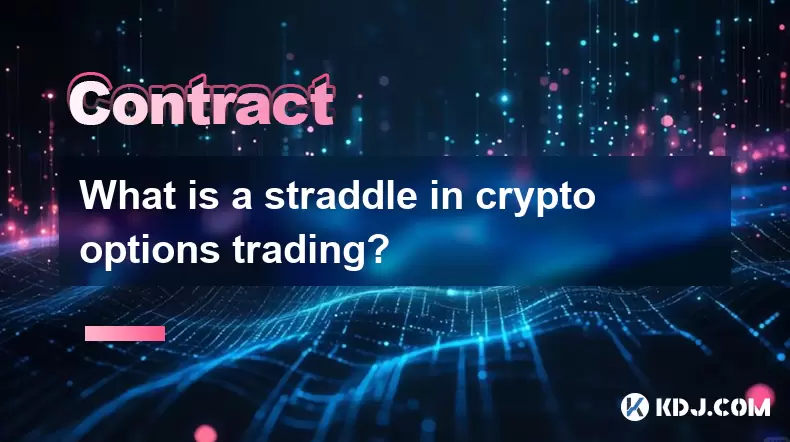
What is a straddle in crypto options trading?
Aug 07,2025 at 11:15pm
Understanding the Basics of a Straddle in Crypto OptionsA straddle is an options trading strategy used when a trader expects significant price movemen...
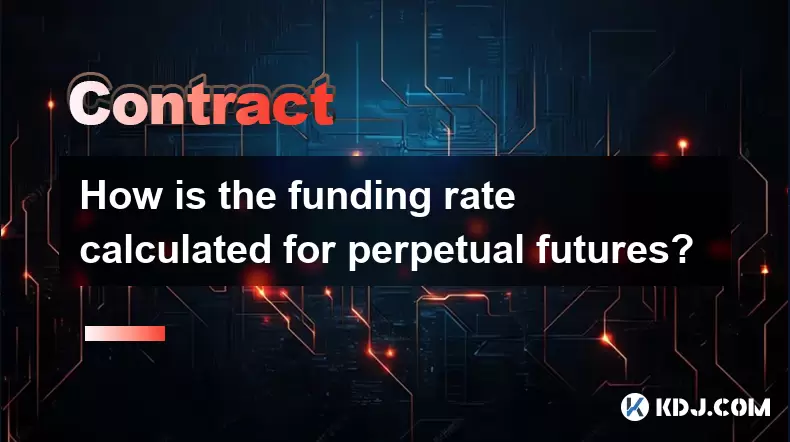
How is the funding rate calculated for perpetual futures?
Aug 07,2025 at 11:36pm
Understanding the Basics of Perpetual FuturesPerpetual futures are a type of derivative contract that does not have an expiration date, allowing trade...
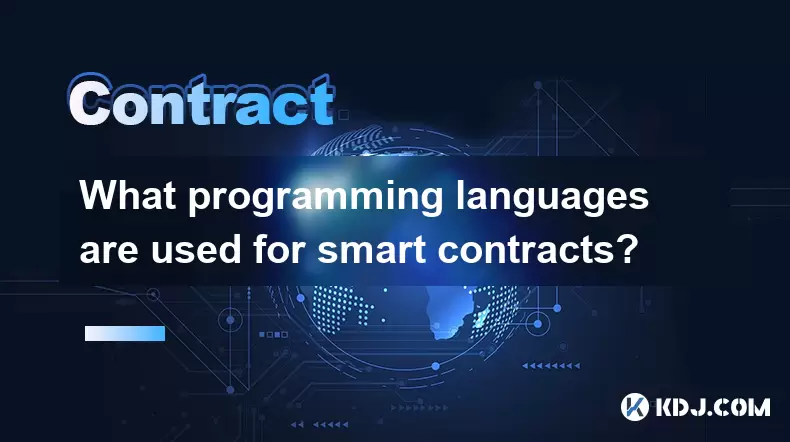
What programming languages are used for smart contracts?
Aug 07,2025 at 06:07pm
Understanding Smart Contracts and Their Execution EnvironmentSmart contracts are self-executing programs deployed on blockchain networks that automati...
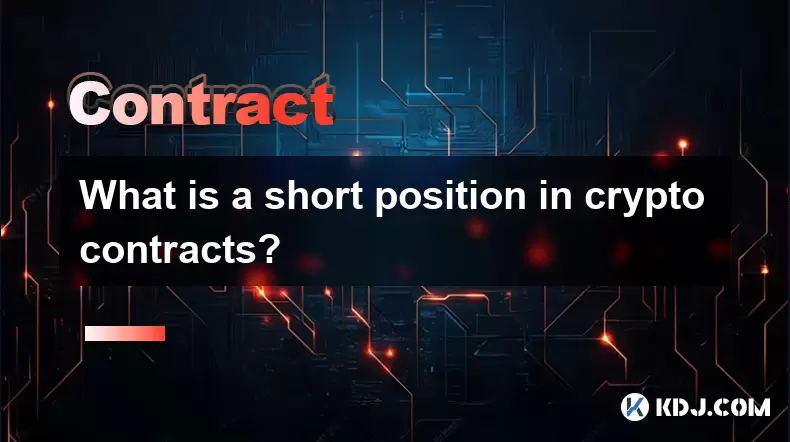
What is a short position in crypto contracts?
Aug 07,2025 at 11:42pm
Understanding the Concept of a Short Position in Crypto ContractsA short position in crypto contracts refers to a trading strategy where a trader prof...

What is a long position in crypto contracts?
Aug 07,2025 at 06:29pm
Understanding the Concept of a Long Position in Crypto ContractsA long position in crypto contracts refers to a trading strategy where a trader buys a...

What triggers a liquidation event on a Coinbase futures position?
Aug 08,2025 at 01:15am
Understanding Futures Contracts on CoinbaseFutures contracts on Coinbase allow traders to speculate on the future price of a cryptocurrency, such as B...

What is a straddle in crypto options trading?
Aug 07,2025 at 11:15pm
Understanding the Basics of a Straddle in Crypto OptionsA straddle is an options trading strategy used when a trader expects significant price movemen...

How is the funding rate calculated for perpetual futures?
Aug 07,2025 at 11:36pm
Understanding the Basics of Perpetual FuturesPerpetual futures are a type of derivative contract that does not have an expiration date, allowing trade...

What programming languages are used for smart contracts?
Aug 07,2025 at 06:07pm
Understanding Smart Contracts and Their Execution EnvironmentSmart contracts are self-executing programs deployed on blockchain networks that automati...

What is a short position in crypto contracts?
Aug 07,2025 at 11:42pm
Understanding the Concept of a Short Position in Crypto ContractsA short position in crypto contracts refers to a trading strategy where a trader prof...

What is a long position in crypto contracts?
Aug 07,2025 at 06:29pm
Understanding the Concept of a Long Position in Crypto ContractsA long position in crypto contracts refers to a trading strategy where a trader buys a...
See all articles

























































































